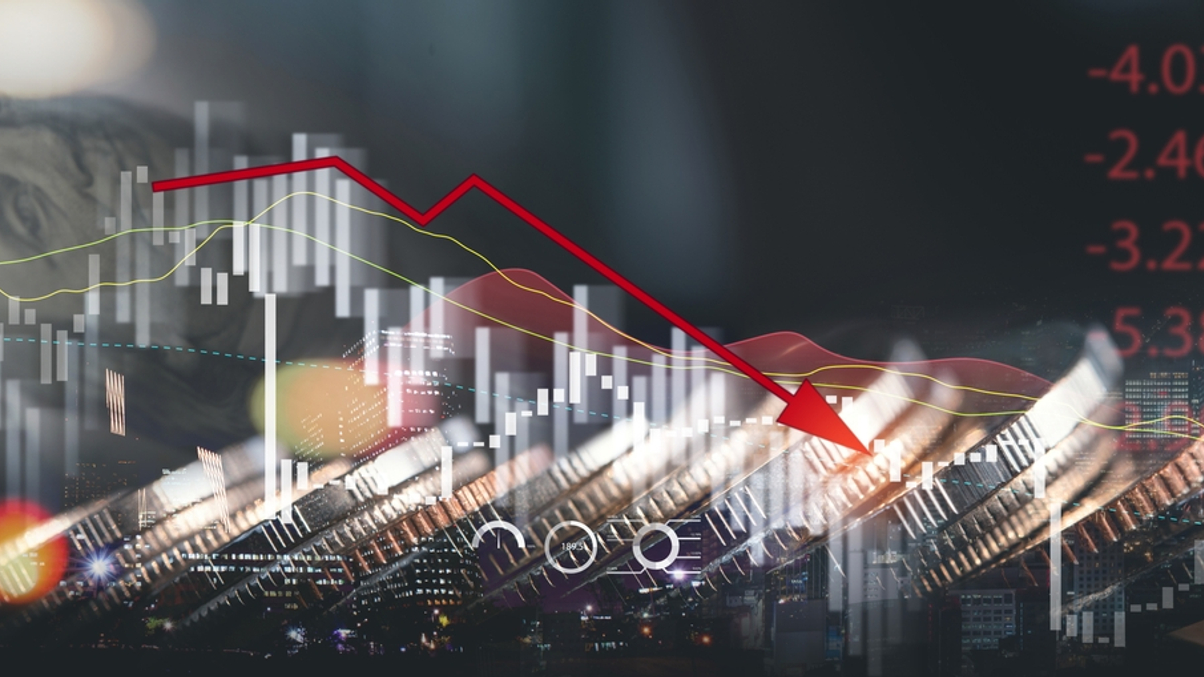Market Views: Is global banking in crisis after SVB, Credit Suisse?
After the spectacular fall of Credit Suisse and shock collapse of Silicon Valley Bank, investors are fretting about contagion risk among global banks. AsianInvestor asks investment experts to give their take on the troubled sector.

Recent weeks have thrown the global financial sector into turmoil in a way that triggers uncomfortable memories of the global financial crisis of 2007-08.
Sign in to read on!
Registered users get 2 free articles in 30 days.
Subscribers have full unlimited access to AsianInvestor
Not signed up? New users get 2 free articles per month, plus a 7-day unlimited free trial.
¬ Haymarket Media Limited. All rights reserved.


